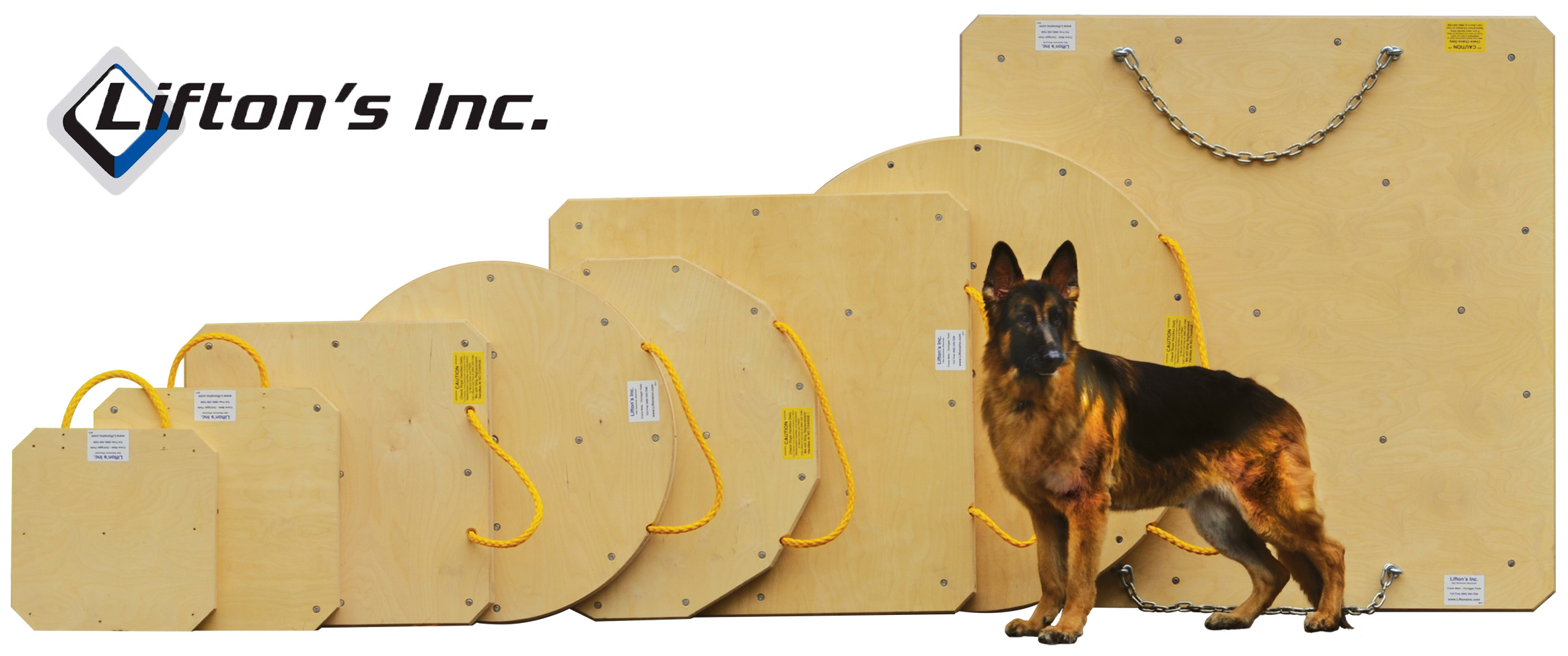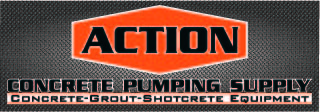| bisley57 | 03-28-2009 | comment profile send pm notify |
|
What is the formula for figuring actual pressure on concrete while being pumped? |
||
| eugene | 03-28-2009 | reply profile send pm notify |
|
150 psi per sf and every foot on top will double that to 300 psi so the third foot will triple the bottom to 450 psi the second to 300 psi and the top will still be 150 psi, get it. |
||
| cp1 | 03-28-2009 | reply profile send pm notify |
|
Bisley, I know that 320 bar max on putz hydraulics and 82 bar max on concrete. I assume it's a linear relationship. |
||
| DIGGER | 03-28-2009 | reply profile send pm notify |
|
Bisley, The main hydraulic cylinder surface area divided into the concrete cylinder surface area gives you the hydraulic pressure to concrete pressure ratio. Example 4 inch on 8 inch is 4:1 ratio, so if your pumping cylinder (main pump) pressure is 200 bar you are putting 50 bar on the concrete. HOWEVER, this is at 100% efficiency ..... so work on 90%, deduct by 10%. It so happens that 1/2 hydraulic cylinder surface area to concrete cylinder area is 4:1. So 3 inch on 6 inch 4:1, 5 inch on 10 inch 4:1 etc. Also take care as most Huncretes' and Korean kopykatts are using the rod side not the piston side of the hydraulic cylinder, so you have to deduct the surface area of the rod, in most cases you end up with around 5.33:1. That's can't pull the skin of a banana stuff. Most hydraulic pumps max out at 350 bar, some 400 bar to 500 bar but not constant high pressure pumping. That's why they have rod side / piston side convert systems. concrete
|
||
| PUMBO | 03-28-2009 | reply profile send pm notify |
|
Assuming rod side pumping. ((Max delivery pressure) / (Max hydraulic pressure)) X (hydraulic load Pumping pressure) eg:/ 85Bar Max / 350Bar Max X P(pressure while pumping say 80bar) = 19.43 delivery pressure at the piston cup side. The further away from the piston cup, the delivery pressure drops. So the last pipe would have very minimum pressure as opposed to the pressure in the valve.
|
||
| TooTall | 03-29-2009 | reply profile send pm notify |
|
That's a tricky question Bisley? Both the formulas above are great! Especially the rodside/pistonside formula, that's great stuff to know! But those still only give you pressures for at the pump and not in the delivery system? You would still need a resistance figure for both steel and/or rubber multiplied by X amount of lbs/kilos per unit of pipe or hose? Then that figure subtracted from the pressures taken at the pump would give you a ball park figure of how much actual pressure is where, in the delivery system. I think??? |
||
| Drew AUS | 03-30-2009 | reply profile send pm notify |
|
To pit it simple LOL (Great forumalrs) Your machine shouldnt be able to put out more than what you boom or pipes can handle assuming the manufacturer knows wtf is goin on!! Hmm i might be wrong ... |
||




















.jpg)
.gif)

.jpg)









.jpg)








